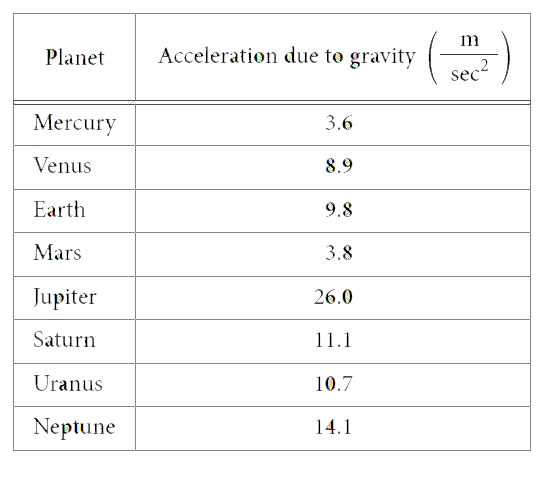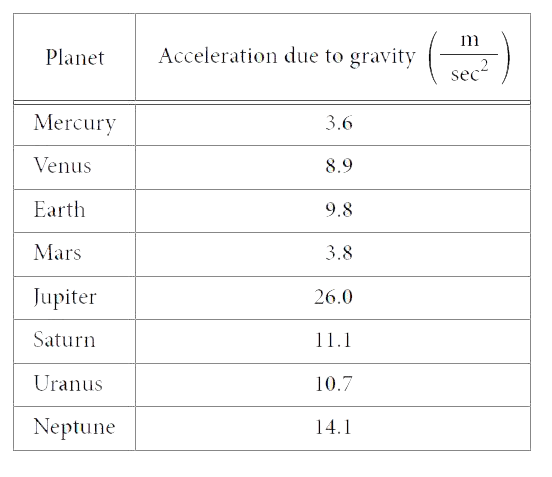Assertion : For a free falling object, the next external force is just the weight of the object .
Reason : In this case the downward acceleration of the object is equal to the acceleration due to gravity.
If both assertion and reason are true and reason is the correct explanation of assertion
If both assertion and reason are truebut reason is not the correct explanation of assertion
If assertion is true but reason is false
If both assertion and reason are false.
The correct Answer is:A
Topper's Solved these Questions
Similar Questions
Knowledge Check
Assertion : At object may fall with a constant velocity.
Reason : This happens when acceleration of the object is equal to accelertion due to gravity.AIf both assertion and reason are trure and reason is the correct explanation of assertion.BIf both assertion and reason are true but reason is not the correct explanations of assertion.CIf assertion is true but reason is false.DIf both assertion and reason is falseAssertion : An object may fall with a constant velocity.
Reason : This happens when acceleration of the object is equal to acceleration due to gravity.ABoth assertion and reason are true and reason is the correct explanation of assertion.BBoth assertion and reason are true but reason is not the correct explanations of assertion.CAssertion is true but reason is false.DBoth assertion and reason is falseAssertion : In the case of free fall of the lift, the man will feel weightlessness.
Reason : In free fall, acceleration of lift is equal to acceleration due to gravity.AIf both assertion and reason are true and the reason is the correct explanation of the assertionBIf both assertion and reason are true but reason is not the correct explanation of the assertionCIf assertion is true but reason is false.DIf the assertion and reason both are false.
Assertion : A body falling freely may do so with constant velocity.
Reason : The body falls freely, when acceleration of a body is equal to acceleration due to gravity.
View Solution
The chart above shows approximate of the acceleration due to gravity in meters per second squared (msec2) for the eight planets in our solar system. The weight of an object on a given planet can be found by using the formula W=mg, where W is the weight of the object measured in newtons, m is the of the object measured in kilograms, and g is the acceleration due to gravity on the planet measured in msec2.
An object on Earth has a weight of 150 newtons. On which planet would the same object have an approximate weight of 170 newtons?
View Solution
The chart above shows approximate of the acceleration due to gravity in meters per second squared (msec2) for the eight planets in our solar system. The weight of an object on a given planet can be found by using the formula W=mg, where W is the weight of the object measured in newtons, m is the of the object measured in kilograms, and g is the acceleration due to gravity on the planet measured in msec2.
What is the weight, in newtons, of an object on Mercury with a mass of 90 kilograms?
View SolutionFor an object at infinite distance from the earth, the value of acceleration due to gravity (g) is
View SolutionWhen an object falls freely to the earth , the force of gravity is
View Solution
